Professional photographers often use Photoshop for Editing Pictures. But why is that? What benefits does editing photos in Photoshop offer? This blog post will explore why professional photographers rely on Photoshop for photo editing.
We’ll also look at some of the features and tools that make Photoshop a powerful editing tool. So if you’re curious about what makes Photoshop so popular among photographers, keep reading!
In the digital world, no original photo is perfect. While we can take high-quality images with our phones, computers, and other smart devices, each photo inevitably has flaws.
No matter how steady your hand is or how clear the lens is on your camera, you’ll always be dealing with at least a few of these issues. Photographers know the opportunities to perfect their work with Photoshop are endless.
In this article, I will share with you some benefits of using Photoshop and which features are most important for photographers, which is why photographers use Photoshop for Editing Pictures.

Why Photoshop for Editing Pictures?
As a photographer, you’re likely always looking for ways to improve your work. One of the best ways to do this in the digital age is through Photoshop.
Photoshop is a powerful tool that can help you to fix common problems with digital photos, such as lighting issues, red-eye, and blurriness.
In addition, Photoshop allows you to get creative and add special effects to your photos. As a result, it’s no surprise that many photographers rely heavily on Photoshop to help them produce the best possible results.
Photoshop is a tool that every photographer should take advantage of. While it’s true that no photo is perfect, Photoshop allows you to create the ideal image.
With its wide range of features, you can make small tweaks or completely transform your photo. And best of all, you have complete control over the final product.

So Why Photoshop for editing pictures? There are many reasons, but some of the most common benefits include the following:
– The ability to make minor adjustments: Whether you want to remove a blemish from a portrait or fix a wonky horizon line, Photoshop makes it easy to make small changes that can impact the final photo.
– The ability to make major changes: If you’re unhappy with a photo, you can use Photoshop to change it completely. For example, you can swap out background elements or combine multiple photos to create a composite image.

– The ability to add special effects: With Photoshop, you’re not limited to reality. You can add special effects to your photos, from subtle filters to dramatic light and shadow effects.
– The ability to create unique images: If you have an idea for an image you don’t think you could capture on camera, Photoshop is the perfect tool for bringing your vision to life.
Whether you want to create a surreal scene or experiment with new editing techniques, there are no limits to what you can make in Photoshop.
How do Photographers use Photoshop for Editing Pictures?
How do Photographers use Photoshop? Photoshop is a very versatile program that can be used for many different types of editing. For example, you can use Photoshop to edit an image’s brightness, contrast, saturation, and sharpness.
You can also use Photoshop to remove blemishes, fix red-eye, and even change the background of an image. In addition, Photoshop can be used to create composite images, meaning you can take multiple photos and combine them into one image.
This is often done with portrait photography, as it allows the photographer to create a perfect picture of the subject. Finally, Photoshop can print photos, creating much higher-quality prints than regular photographs.
So, as you can see, there are many reasons why photographers use Adobe Photoshop to edit photos. By learning how to use this program, you’ll be able to take your photography to the next level.
Cropping and Resizing

Adobe Photoshop is one of the most useful photo editing tools for photographers to use for cropping their images to perfection. When you take a photo, you sometimes get a different framing than you want.
Sometimes, a photo will be framed slightly awkwardly, or you might have included too much of the background in your shot.
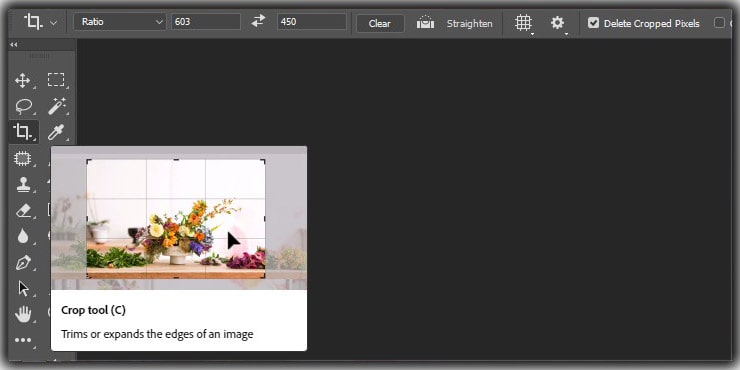
Cropping is an easy fix to ensure your photos are perfectly framed and everything is in place. Photoshop has plenty of tools that you can use to crop and resize your images accurately—and you can also use the Crop tool to rotate them.
Dividing

When you have edited your images in Photoshop, you need to get the job done quickly. You can copy a large image and divide it into multiple smaller images.
This can be done with Photoshop’s Clone Source feature, which lets you select an area of an image and use that as the source area to create multiple copies of your image that fit within different sizes.
As a bonus, workspaces are also available via Photoshop’s workspace system. This means you can control how many layers will be visible when using the software.
Image Adjustment
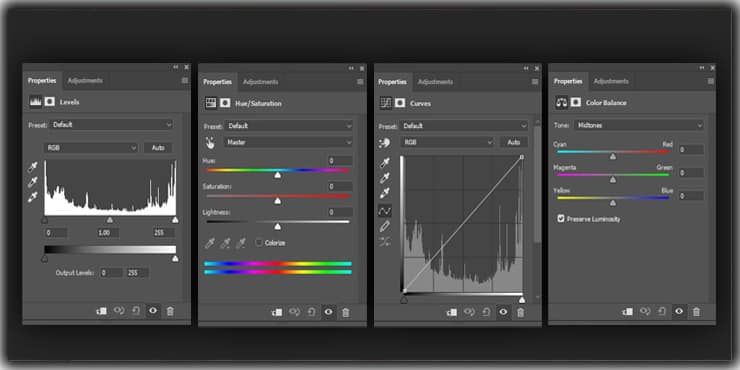
When editing images in Photoshop, the program often provides a wide variety of tools that help you edit certain elements of an image.
You can adjust your pictures using proper tools—such as Levels, Curves, Hue, Saturation, and much more. Making sure your image looks exactly how you want it will make sure that it will look great.
These tools can be used to set an appropriate mood for your photos. If you need to add more of an orange cast or blue tones to your photos, this is possible with Photoshop Express.
Blending Images

If you’re a professional photographer, chances are that you are always working with multiple images in Photoshop. For instance, you might edit one set of pictures for a magazine or two different sets for a couple of other clients. These images need to be combined.
There’s no need to worry about the separate files being misaligned because Photoshop provides you with tools that let you combine the original images into an entirely new image without noticeable gaps between the layers.
Motion Blurs & Frames
Sometimes, working with an image can look unnatural or unprofessional if your photo needs to be clearer. This is where Photoshop’s Blur tool comes into play.

The tool lets you make your picture smooth, shaky, and blurry. You can even adjust the blur amount and direction as you’d like. You’ll create a professional-looking image this way.
Color Correction
When taking a photo in a certain environment, capturing the perfect shot can sometimes be difficult. Perhaps the light is too harsh, or you moved for a few seconds when you took the photo.
Additionally, some images may have parts that are very clear and other parts that are blurred because of motion.
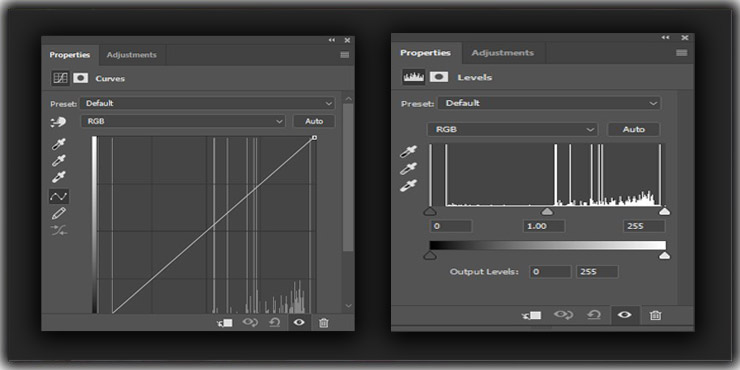
With Photoshop, color correction is possible. You can adjust an image’s color using creative tools such as Curves and Levels. You can make dark areas of your photo brighter or add more contrast throughout the image.
Illustration, Adding Text or Images
Photoshop has plenty of built-in tools that help you create illustrations or designs. You can use the Pencil Tool to draw elaborate paintings or decorations on your images.

The Paint Bucket Tool is also great for creating detailed designs and patterns.
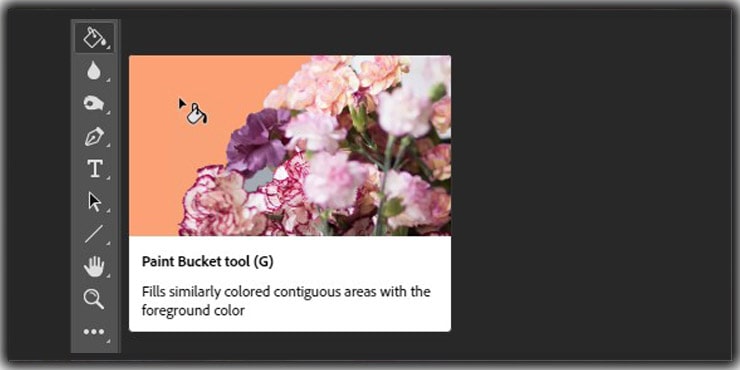
Plus, you can use the Eraser Tool to remove parts of your image that you don’t need and ensure no blemishes with your work.
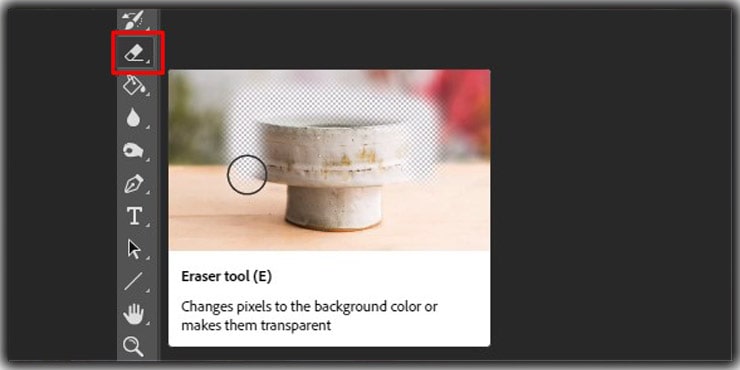
Designers probably use Photoshop to add text and images to photos. The Pen Tool lets you draw a line or shape wherever you want on an image.

You can also edit the typefaces, colors, and fonts your text and pictures will have. As mentioned before, Photoshop has plenty of special tools to help you achieve these tasks.
Spot Removal Tools
Whenever you take a photo, there will be times when some objects or items in the image are distracting. While it’s not always easy to get rid of these items, you can use Photoshop’s Spot healing feature to help remove them from an image.
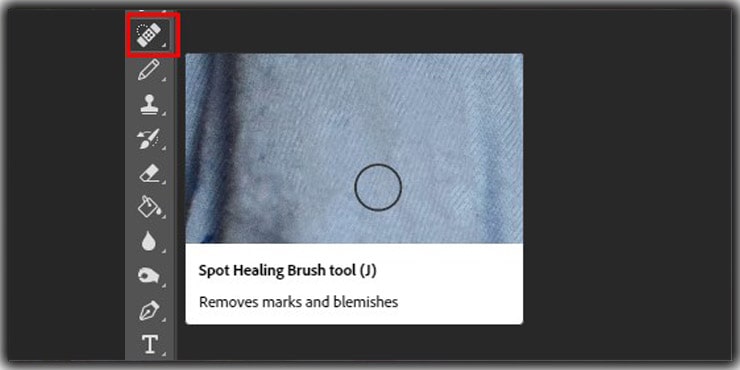
Moreover, you can remove spots, scratches, or any imperfections using the clone stamp tool as well,
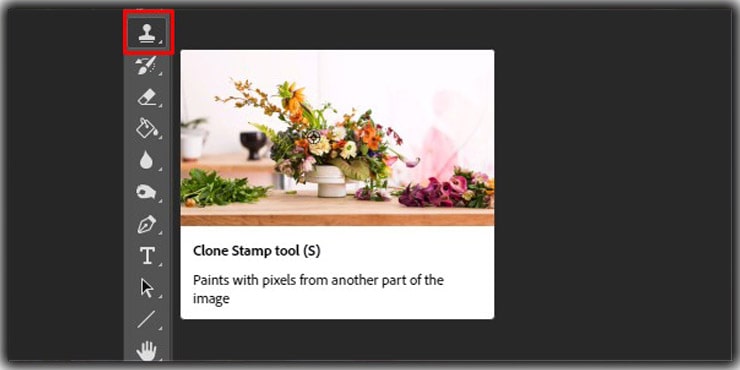
This allows you to isolate specific areas of your photo and correct those that need fixing. Making your photos look more natural is a great way to do it.
Background Change
It’s quite common to require a different background. For example, you may be trying to make it look like your photos were taken in a studio when they were taken outside of one.
Split toning
The final feature that we will talk about is split toning. This allows you to change the color of the highlights and shadows in an image and have your color set for both sections. This feature enhances your image’s look by adding drama.
The Photoshop tools will help you improve your images.
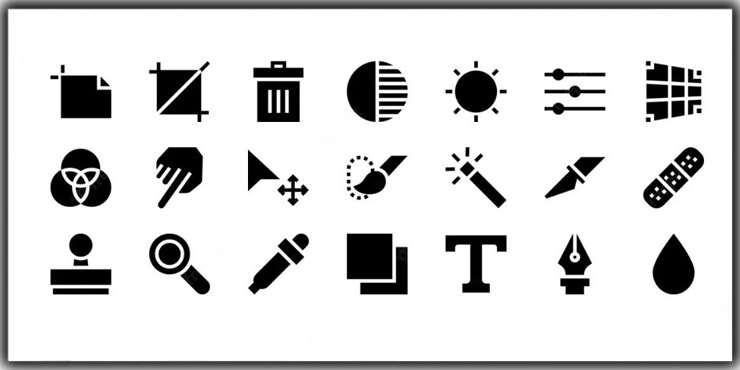
Remember, before you decide to use any of these features, think about what kind of work you are doing and how it might benefit from using these features.
Think about which features will be most valuable to you and what might go along with your work. For example, adding motion blurs could go along well with your work if you are a wedding photographer.
Different Tasks Require Different Tools
Photoshop is a powerful program that allows you to manage and adjust photos how you want them. The program has so many tools and features at your disposal that it can take time to decide what to use.
However, if there’s a specific task you need to get done, the program will provide you with the right tool for the job. This allows you to get your images looking the way you want them to look.
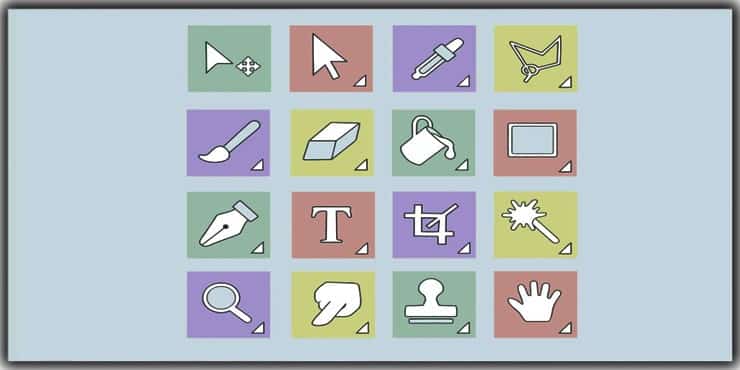
There are also different kinds of tasks that require different tools.
For instance, when you’re working on a portrait or a photo that needs some text added, the program has tools for these specific tasks. The opposite may be true if you are creating a landscape photo.
You should familiarize yourself with Photoshop tools if you are a beginner. They will allow you to make adjustments and manipulations without any problems. Additionally, learning how to use these tools will help you get better at using them.
With all of the options and features available in Photoshop Express, it is easy to get overwhelmed at first. But as you spend time using the program, it’ll become second nature, and you’ll see how useful each tool is to your work.
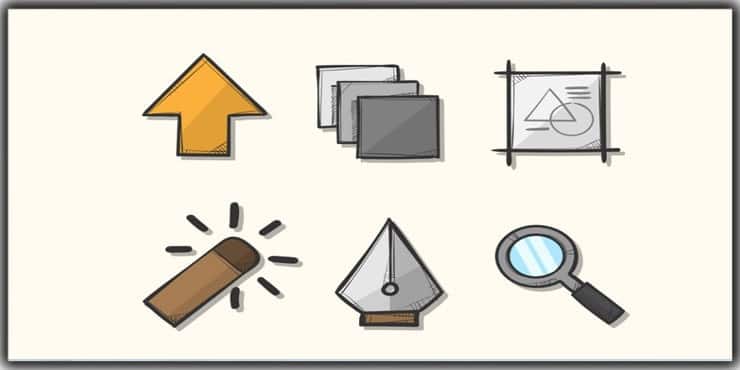
If you become comfortable with the tools, you’ll be able to achieve amazing effects and layouts with your photos.
How do Photoshop Elements differ from Photoshop?
The Photoshop program is software designed for professionals, while Photoshop Elements is designed for beginners and people who want to explore the world of photo editing.
Instead of having every option at your disposal, you have fewer options. Then as you become more experienced with photo editing, you can decide if you are ready to upgrade to the professional version.
Conclusion
Thanks for taking the time to learn Why Photographers Use Photoshop for Editing Pictures. And how to use Photoshop in your photography. Using these tips, your photos will instantly become more professional and attract more clients.
Enjoy yourself while doing these tips! If you don’t enjoy using Photoshop, then you may not find it worth all of the effort.
I have shared what Photoshop does for photographers, and I hope you found them interesting.
You may read:
